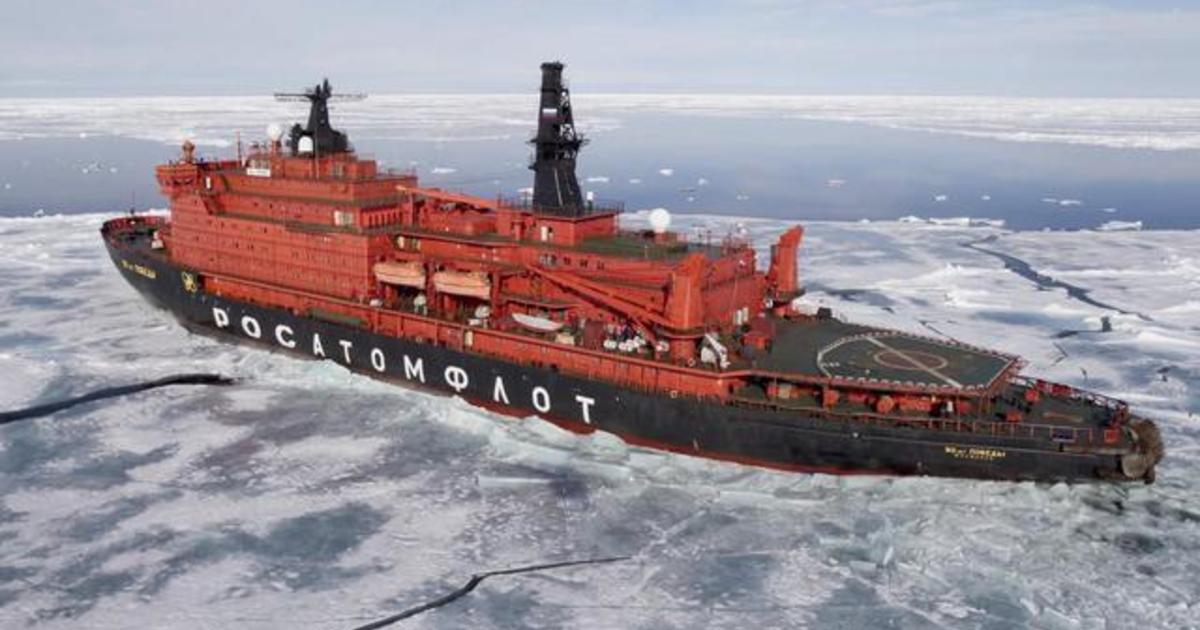What exactly was at stake in the Arctic during the Cold War, and why should we care now? The answer is simple: The Arctic "Cold War" wasn't just a geographical skirmish; it was a high-stakes power game with repercussions that continue to shape global politics and environmental security today.
The Arctic Cold War is the term historians and political scientists use to describe the era of intense rivalry between the United States and the Soviet Union, specifically within the Arctic Circle. This wasn't a conventional war with troops clashing on the ground, but a period marked by military posturing, technological development, and strategic positioning in a region that both superpowers recognized as critically important. The Arctic, offering a shorter route for intercontinental ballistic missiles and harboring untapped resources, became a silent battleground, a frozen chessboard where the stakes were nothing less than global dominance.
| Aspect | Details |
|---|---|
| Era | Early 1950s to late 1980s (Cold War Period) |
| Main Actors | United States of America, Soviet Union (now Russia) |
| Strategic Importance |
|
| Key Activities |
|
| Notable Events |
|
| End of the Era | Dissolution of the Soviet Union in 1991, leading to a shift in geopolitical dynamics. |
| Legacy |
|
| Further Reading | Council on Foreign Relations: Arctic Interests |
- Fresh Shots Exploring The Allure Of Fotos De Cerveceria La Tropical
- Perfection Ai The Future Of Precision And Innovation

